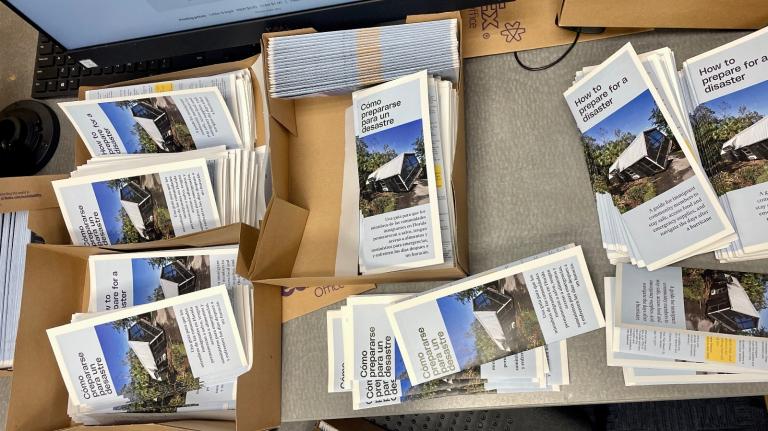It’s Thursday, March 21, and Wyoming just said no to more oil and gas drilling.
![]()
A federal judge has blocked drilling on roughly 300,000 acres of public land in Wyoming because the Department of Interior failed to take climate change into account when auctioning off the land for oil and gas leasing.
U.S. District Judge Rudolph Contreras ruled that officials from the Interior’s Bureau of Land and Management, or BLM, should have considered climate change risks such as greenhouse gas emissions linked to the drilling before making the decision.
“By asserting that these crucial environmental analyses are overly speculative at the leasing stage and more appropriate for later, site-specific assessments, BLM risks relegating the analyses to the ‘tyranny of small decisions,’” Contreras wrote in his memorandum opinion. In other words: Putting off decisions that have consequences for the climate is no longer an option.
The judge’s decision is overdue pushback on the Trump administration’s policy of ignoring the climate impacts of its agenda. Now, BLM has to redo the environmental assessment with a more realistic view of our planet’s situation. Until then, Contreras said he will continue to block any leases.

The Smog
Need-to-know basis
The Deer Park fire, after burning for three days straight this week, is finally out, but it’s still menacing people around Houston. On Thursday, officials told residents to shelter in place because of high levels of a carcinogen called benzene in the air, only to lift the order hours later.
![]()
The coal giant Peabody Energy laid off 12 percent of its workforce at its Kayenta coal mine in Arizona. The mine, which is on Navajo and Hopi territory, is set to close this year. About 40 miners lost their jobs as a result.
![]()
Don’t look now (or maybe do?), but avalanches are becoming more common in the Rocky Mountains. Experts say that the region, frequented by recreationists, nature lovers, and skiers, is at a higher risk because of the longer and warmer seasons that climate change brings. Colorado has already had 3,000 avalanches this winter, and avalanche season ain’t over yet.


